High Radio Frequency Fields
During the last few years, concerns regarding High-Frequency Fields RF exposure from cellular phones, wireless networks, have grown considerably. These concerns started because of almost anybody is using a mobile phone or wireless the internet daily. You can see small children holding mobile phones a few centimeters apart from the brain.
Radiofrequency radiation (RFR) is a general term applying to the use of waves for radio and television, radar, wireless, and other RF/microwave communication applications. RFR is composed of moving waves, which lie in the frequency range of 3 kHz to 300 GHz.
The lower part of the Radio Frequency Radiation range is called the low-frequency (LF) band that extends from 30 to about 500 kHz. It is primarily used for marine and aeronautical radio navigation beacons. The medium frequency (MF) band is assigned for wavelengths shorter than 200 meters and is used for experiments and by radio amateurs. The high-frequency (HF) band extends from 3 to 30 MHz.
This frequency is used for traditional worldwide communications, mobile, wireless internet, UMTS…..
Here is the high-frequency range shown in more detail:
Sources Of High-Frequency Fields Radiation
AM Radio Stations
At AM radio stations, monopole antennas are usually used for medium and long-wave broadcasting. Due to the relatively long wavelength in the AM frequency band, it is important to consider the strength of both electric and magnetic fields in the vicinity of transmitting antennas. Fields from such antennas decrease sharply with distance.
At high frequencies (3-30 MHz), broadcast stations use multiple transmitters and multiple antennas. Because transmission lines are all open structures, high RF fields are present within the room and in such cases, both electric and magnetic fields must be measured to properly evaluate the exposure.
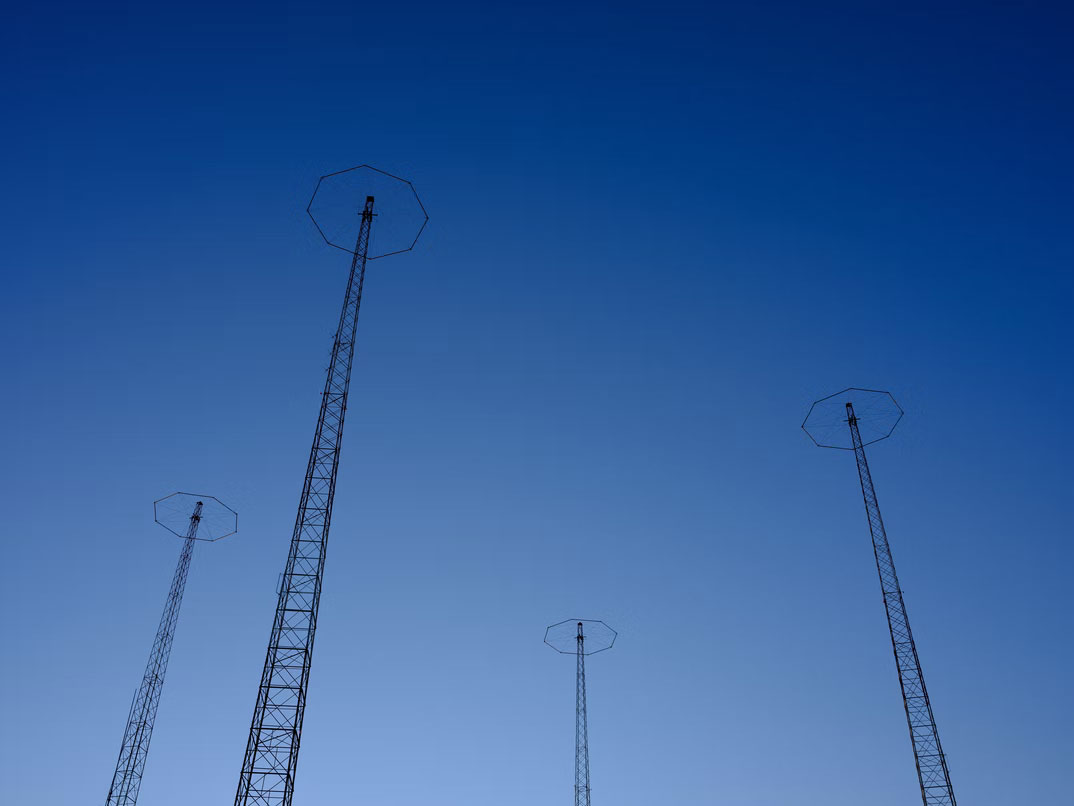
FM Radio Stations
The concept of frequency modulation (FM) was practically introduced as an alternative to AM in 1931. FM radio stations transmit in the 88-108 MHz band. Antennas applied for FM radio stations usually consist of an array of elements built-up vertically and side-mounted on a tower or tower-top pole. In some cases, FM radio antennas may have a relatively large number of elements.
FM Television Stations
FM TV channels operate in the 54-88/174-220 MHz band for VHF and 470-806 MHz for UHF. Antennas used for television broadcasting usually consist of an array of radiating elements mounted on a tower. Compared to many FM antennas, the elements used for television broadcasting are generally of more complex design and radiate less energy downward.
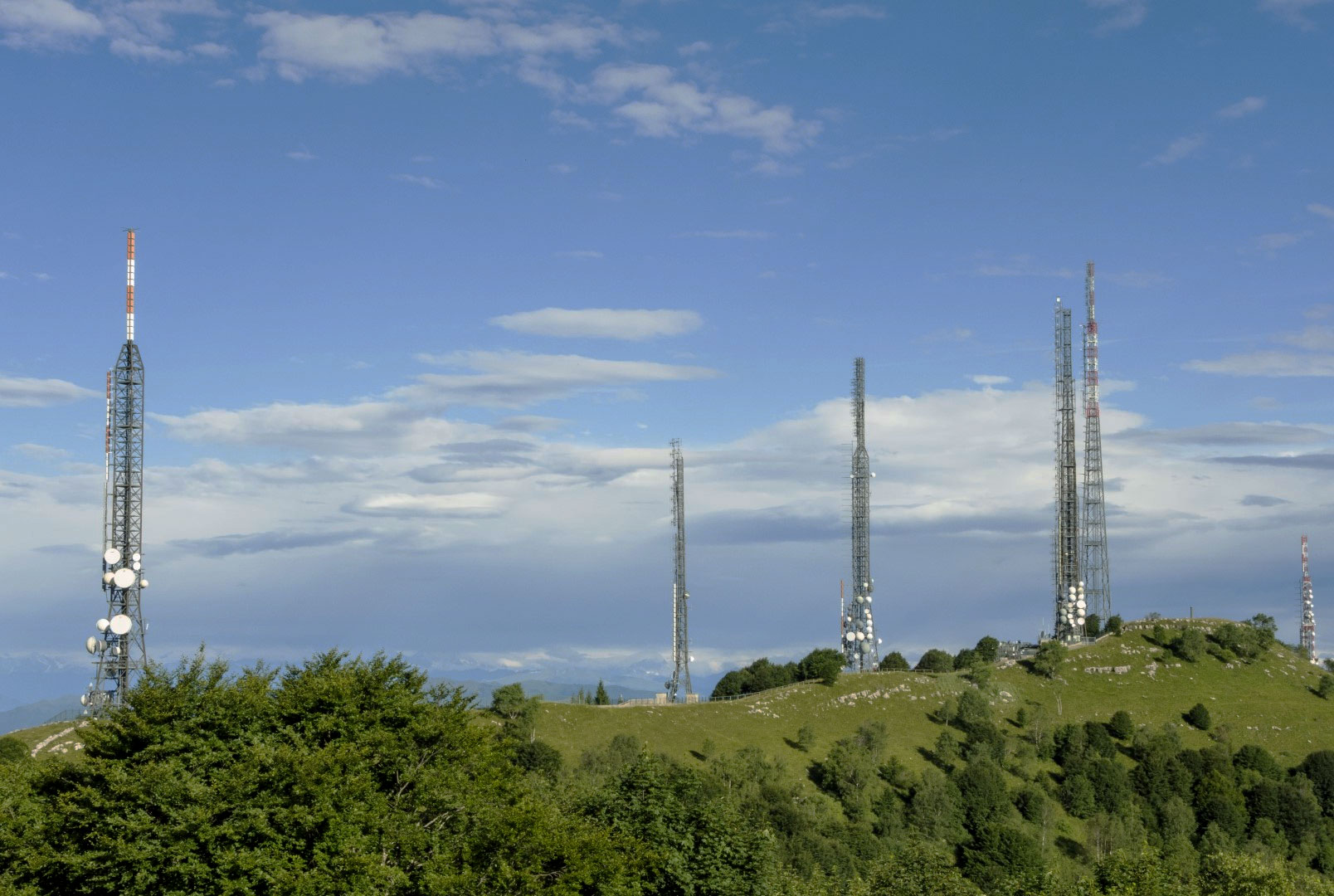
Radar Systems
The radar was developed for military purposes during the 1940s. In addition to its usual application for military detection, navigation, and weather, police traffic radar devices are widely used. About 1500 high-power pulses per second are transmitted toward the target, with each pulse having a pulse width of typically 10-50 gs.
The radar detects the reflected pulses and, from the time delay between the emission of the pulse and the arrival of its reflection, it calculates the distance of the obstacle. This process is repeated in every direction as the antenna scans the horizon.
Stationary Radar
Radar and navigational aids are fixed sources of RFR used to control, assist, or provide information concerning traffic on land, at sea, or in the air. Some examples of stationary radar and navigational aid sources include air route surveillance radars, traffic control radars, height-finder radars, instrument landing systems, VHF omnidirectional range (VOR) navigational aids, marker beacons, and radars used for weather prediction; also included in this category are radars used in meteorological or research activities.
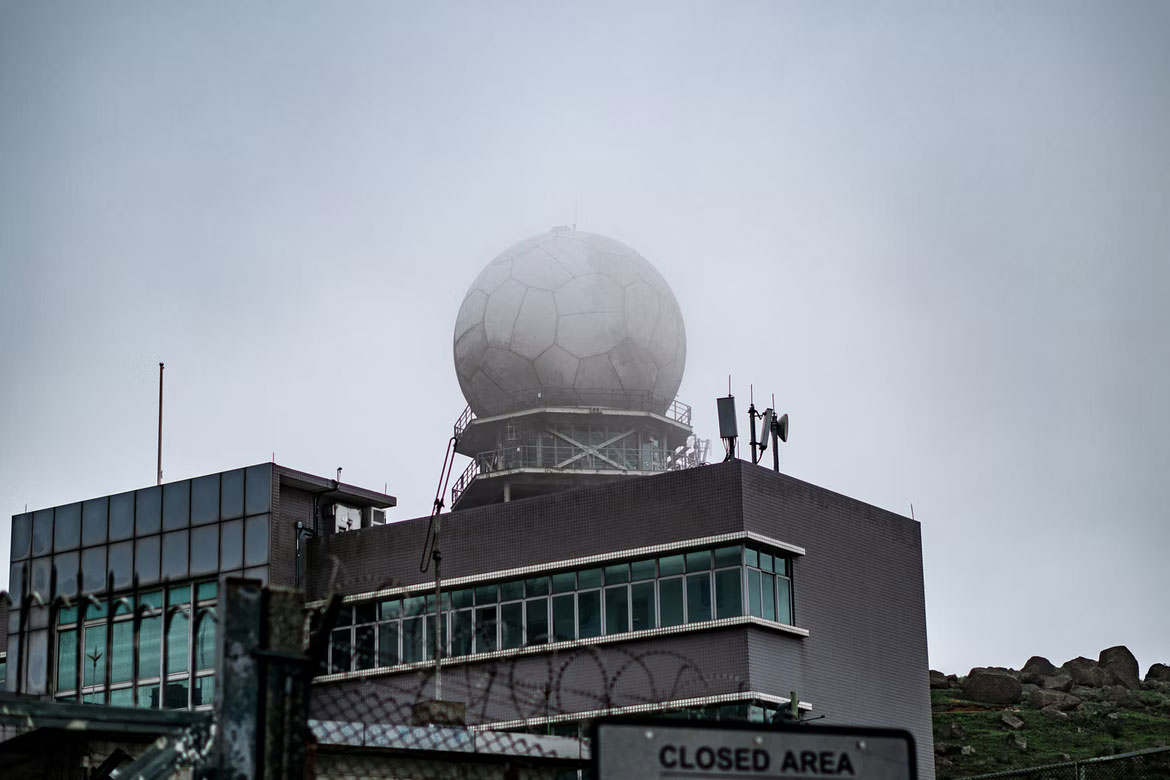
Traffic Radar Devices
Police use radar for traffic speed measurement, although their use was not popular until the 1970s. Early traffic radar was large and suitable only for stationary applications.
The early traffic radar was designed to operate at the range of 10.525 GHz. Therefore, such devices used to be known as X-band radars. In 1975, 24.15 GHz, which lies in the k-band, was introduced as a second traffic radar frequency.
During the 1990s, the third frequency of traffic radar was introduced that operates at 33.7-36 GHz, which lies at the Ka-band of the electromagnetic spectrum.
Compared to any other type of stationary radar, the power level of the traffic radar is very low. This power is also low compared to other RF emitting devices used in close proximity to persons such as cellular phones.
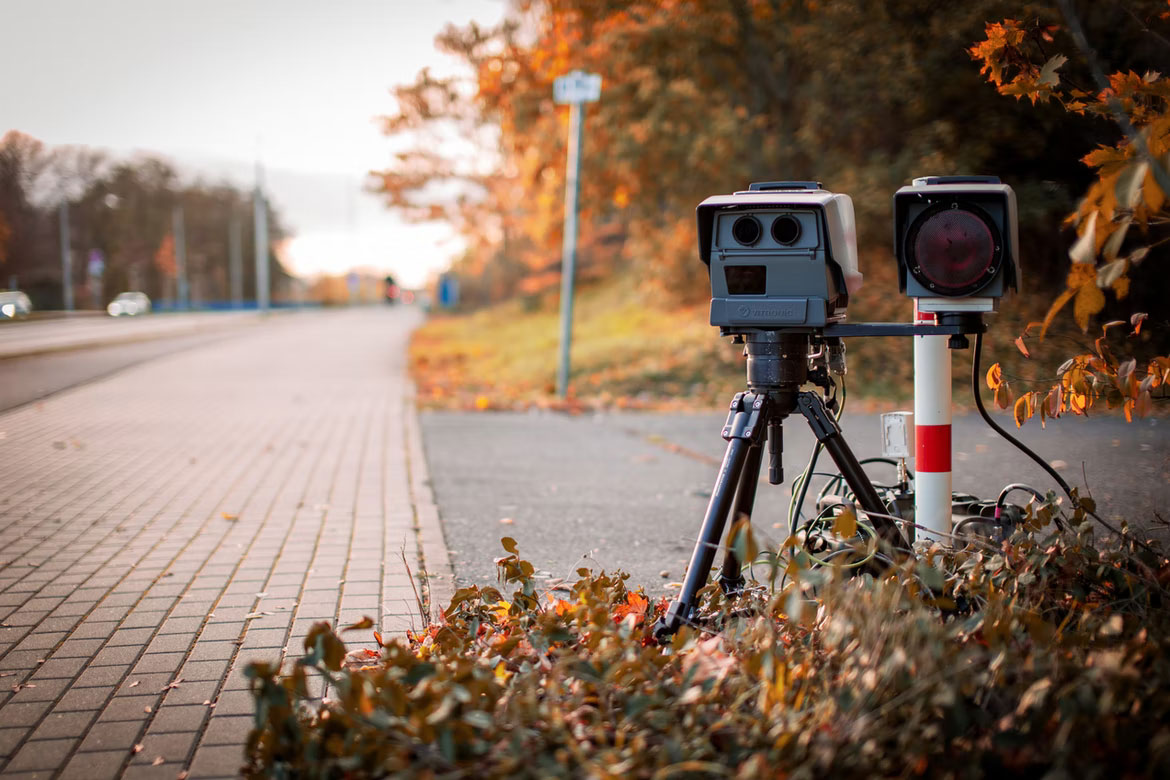
Satellite Earth Stations
A satellite is a special wireless receiver/transmitter that is launched by a rocket and placed in orbit around the Earth under gravitational attraction. Currently, there are hundreds of satellites in operation. Satellites serve a variety of functions: globally relaying telephone signals, weather forecasting, remote sensing of the earth and the environment, television broadcasting, and as platforms for the global positioning system (GPS).
Satellite earth stations, which are of public concern regarding their RFR, consist of large parabolic dishlike antennas that are used to transmit or receive signals via satellites. Satellites receive the signals beamed up to them and, in tum, retransmit the signal back down to earthbound receiving stations.
Radiation levels on the ground vary, depending upon the angle of inclination of the antenna, the antenna pattern itself, and the intensity of the transmitted signal. A worker who needs to gain access to one of these antennas may easily be exposed to hazardous RFR levels if proper precautions are not taken. Moreover, not all earth station antennas transmit signals. Some antennas are only used to receive information and therefore, do not pose any health hazard.
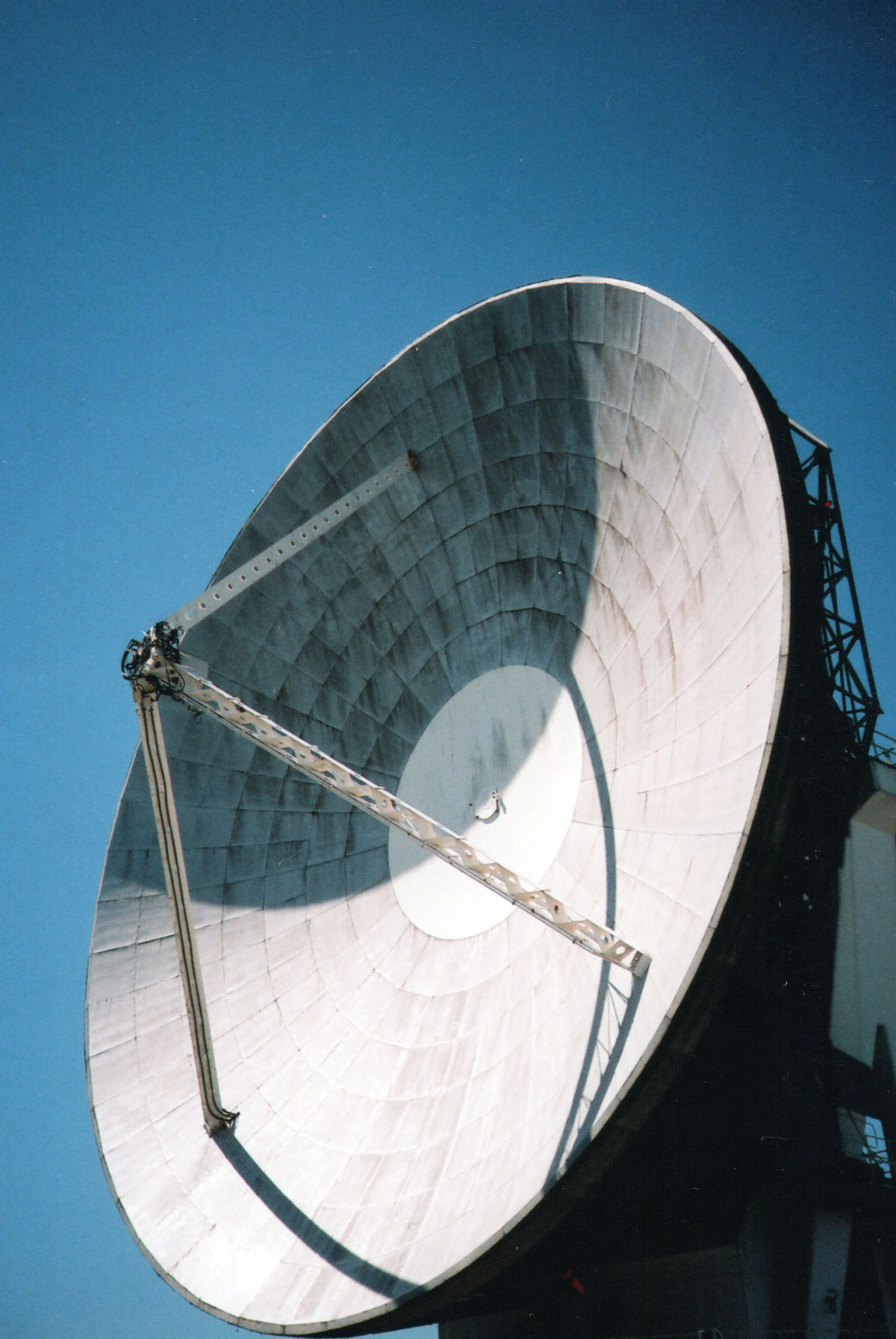
Microwave Communications
A point-to-point microwave relay system is a high-capacity facility that provides line-of-sight radio communications and must not be obstructed. Microwave communication antennas transmit and receive low power signals across relatively short distances. These antennas are usually rectangular or circular in shape (dishes) and have a variety of applications such as transmitting telephone and telegraph messages and serving as links between broadcast or cable TV studios and broadcast antennas.
Cellular Communications
Is a band-limited analog or digital transmission in which a subscriber has a wireless connection from a mobile telephone to a relatively nearby base station. To keep up with the increasing demand for available radio channels and to secure the quality of services, there is a continual need for extra cells in metropolitan areas and their suburbs.
Today, standardization is moving toward 3G cellular systems in the European Telecommunication Standardization Institute (ETSI), under a project called Universal Mobile Telecommunication System (UMTS) and in the International Telecommunication Union (ITU), where it is called IMT2000. The 2-GHz frequency band (1920-1980 MHz band and 2110-2170 MHz band) has been allocated in Europe and Asia for the 3G system.
The 3G system allows even additional services so that applications at high bit rates can be delivered. This means that the wireless terminal is becoming a generic platform for the whole range of communications involving voice, data, video, and images. Such terminals are more interesting to people since they offer more services rather than simple voice connections.
However, demands for higher access speeds for multimedia communications will continue to include the fourth generation (4G) and fifth-generation (5G). 4G is used currently, in a broad sense, to include several systems; not only cellular systems, but also many new types of communication systems such as broadband wireless access systems, millimeter-wave LANs, intelligent transport systems (ITSs), and high altitude stratospheric platform station (HAPS) systems. 5G is being implemented all over the world now and is causing lots of adversity, fear etc.
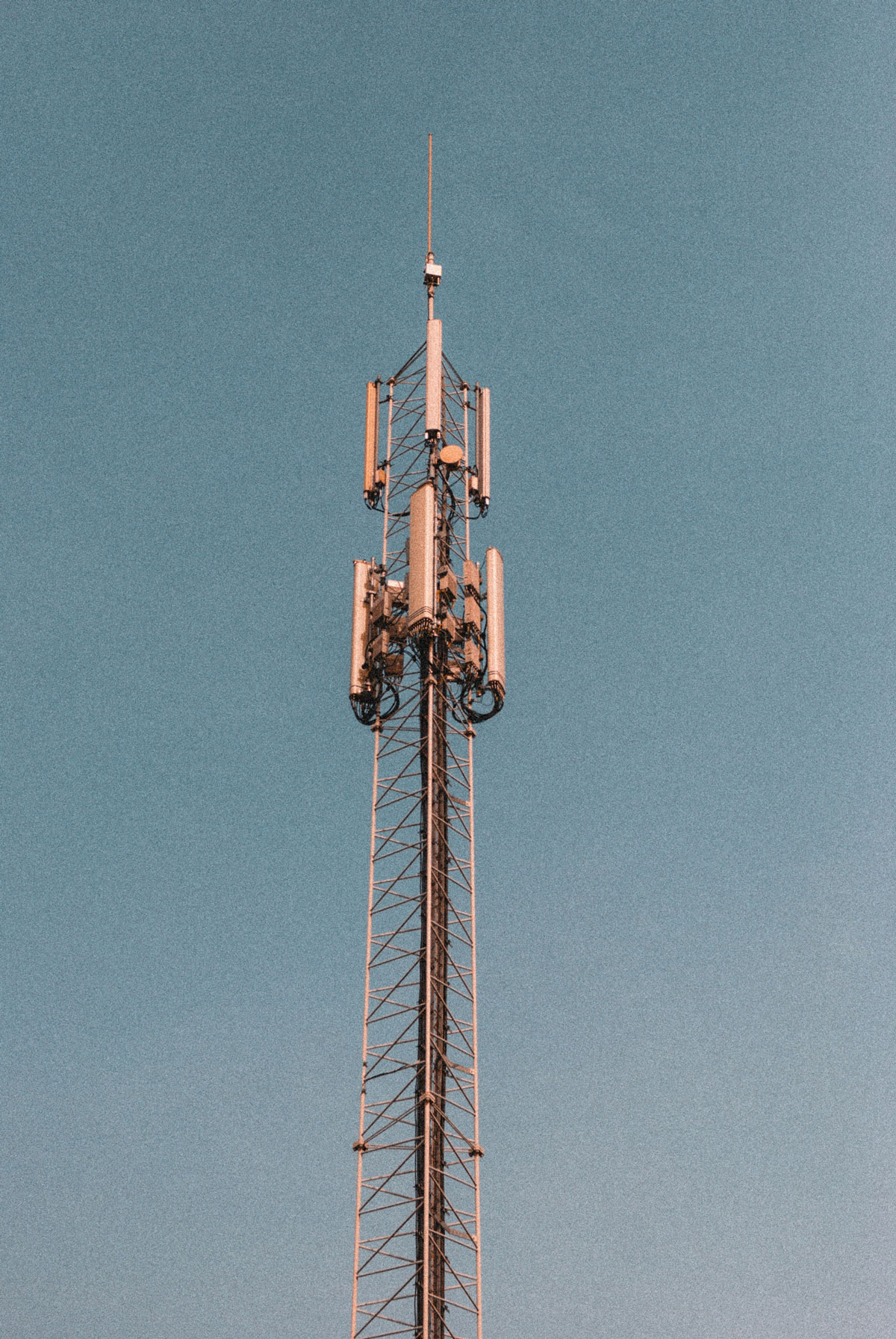
Wireless Multimedia Communicators
Current communicators are low-power, portable devices that can transmit and receive multimedia data through the wireless network. The communicator is equipped with a birds-eye camera, microphone, and LCD screen, serving as both a video-telephone screen and a computer screen. The conventional keyboard is likely to be replaced by the pressure-sensitive writing tablet, providing optical handwriting recognition, signature verification, etc.
Wireless communicators may pose a risk of human exposure to RFR since the users most probably use them for long periods. Exposure is increased because the equipment rests on the user’s lap at the genital level.
Home Devices
There are numerous sources of high-frequency radiation in our homes. Usually, if the device is labeled “smart” it has this technology. These devices constantly emit high frequency radiation either in 2.4 GHZ or 5 GHZ range spectrum or similar. For example:
- smart fridges
- smart TV (check this article on my site)
- DECT phones or so-called cordless phones (emit strong HF radiation all the time, 24/7, they try to connect do the base and emit hf fields through the whole house. Disconnecting the base from the electricity and taking the batteries out of the handle is the only way to shut it off)
- baby alarms
- wireless camera security systems (for example Ring camera)
- laptops and tablets (they all emit 2,4 GHz hf fields so disabling Bluetooth and wireless module and hardwiring the device is the only way to do it properly)
Sealers and Dielectric Heaters
RF energy in the frequency range of 3 to 300 MHz is used in industry for a variety of heating processes. RF heaters and sealers operate at 13.56, 27.12, 40.68, 100, and even up to 300 MHz. These devices are also known as RF solders fusers, molders, fasteners, or embossers. Heat sealers have the potential of creating extremely strong EM fields because of their design. A high-power RF generator applies a voltage to the sealing electrode that is brought into contact with the material being sealed, typically some form of vinyl, such that the dielectric losses in the material lead to rapid heating and melting of the material.
Application of heaters and sealers include the manufacture of many plastic products such as toys, life jackets, rain apparel, packaging materials, wood laminations, embossing and drying operations in the textile, paper, plastic and leather industries, and the curing of various materials.
Microwave Ovens
The microwave energy is transmitted into a waveguide, which feeds the energy into the cooking area. Some models use a type of rotating antenna, while others rotate the food through energy on a revolving carousel; both of which scatter the energy throughout the cooking compartment. The microwaves penetrate the food and cause water molecules within the food to vibrate at the operating frequency (2.45 GH).
There are two quantities present in the microwave oven: electric and magnetic fields. Metal walls of the oven easily stop the electric fields and EM waves, while the magnetic fields, however, are not stopped, and propagate through the walls into the user’s body. In addition, the waves see the screen in the front like a wall and hit the little holes in the screen propagating in all directions from the holes.

Digital electric and gas meters – smart meters
Smart meters operate at about radio frequencies as cell phones 2,4 GHz and they transmit information on the consumption of electricity or gas to local utility companies. That helps to reduce the cost of manual electric meter reading by utility companies workers and make the whole electric grid consumption measurement more accurate. But at the same time, the smart meters can produce extreme high-frequency fields 24/7. It depends on the technology of the smart meter. Usually, an aluminum mesh around the meter will reduce the emission to up to 98%.
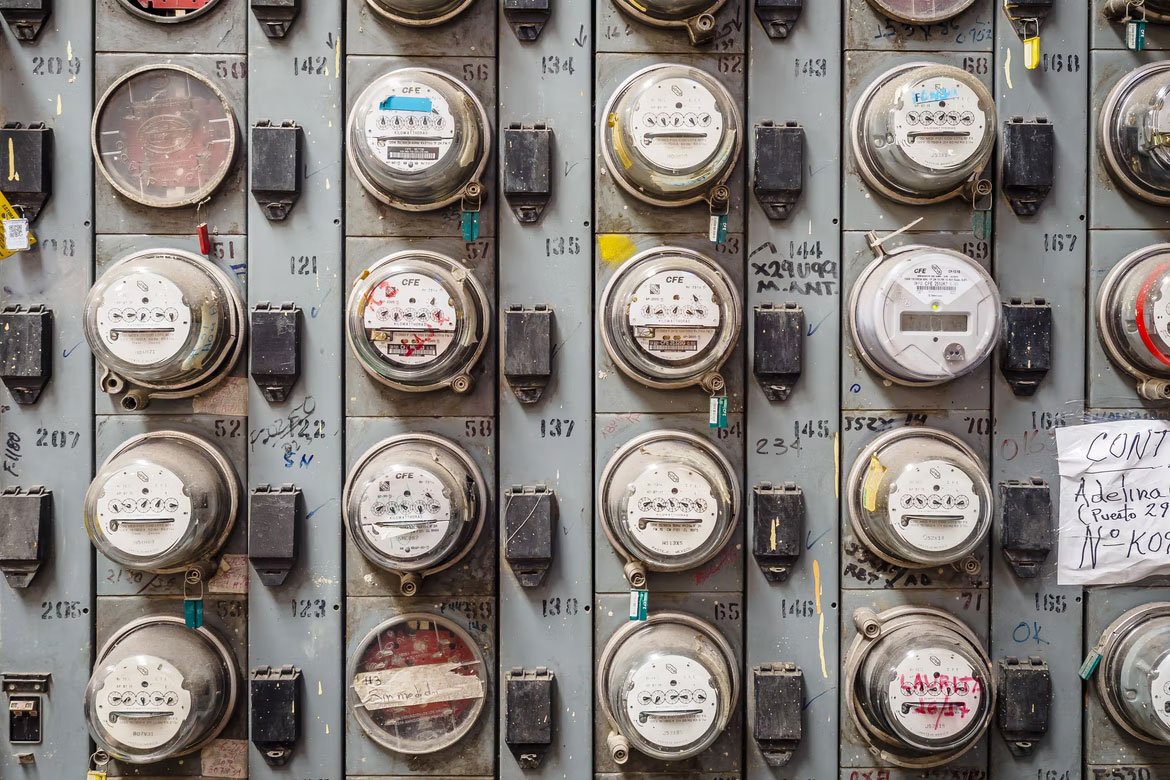
Important resources:


Enjoyed reading your research
Want to learn more about EMF scams and products that can help protect my family.